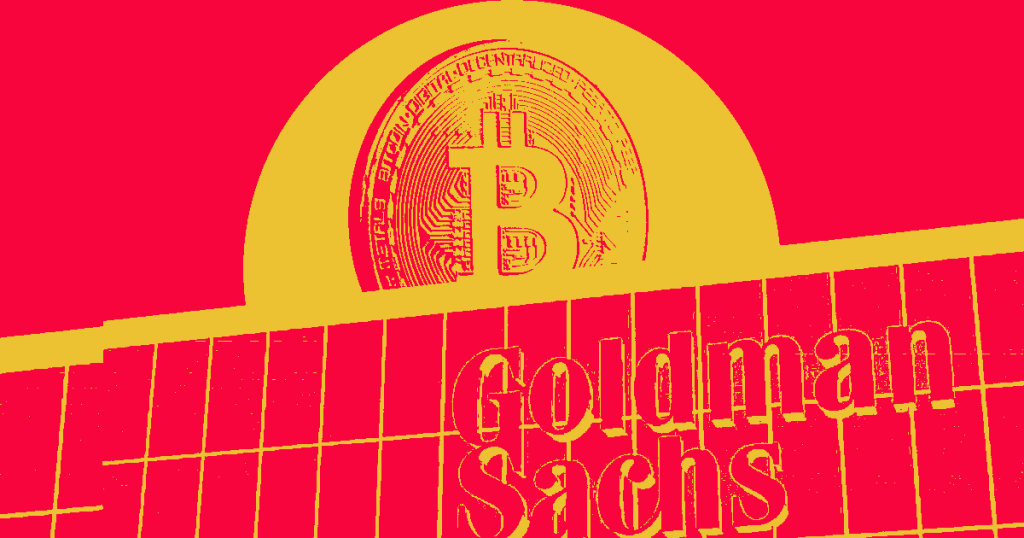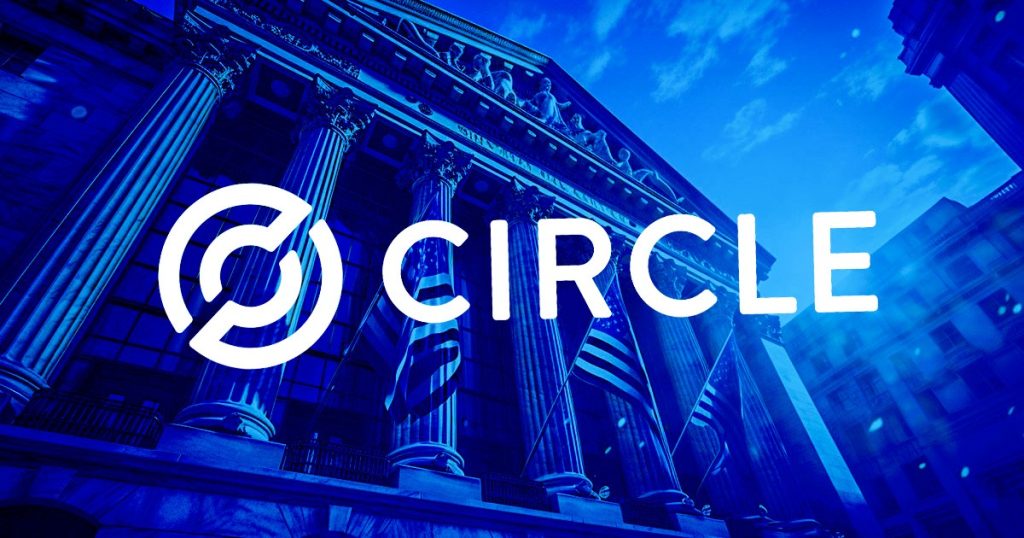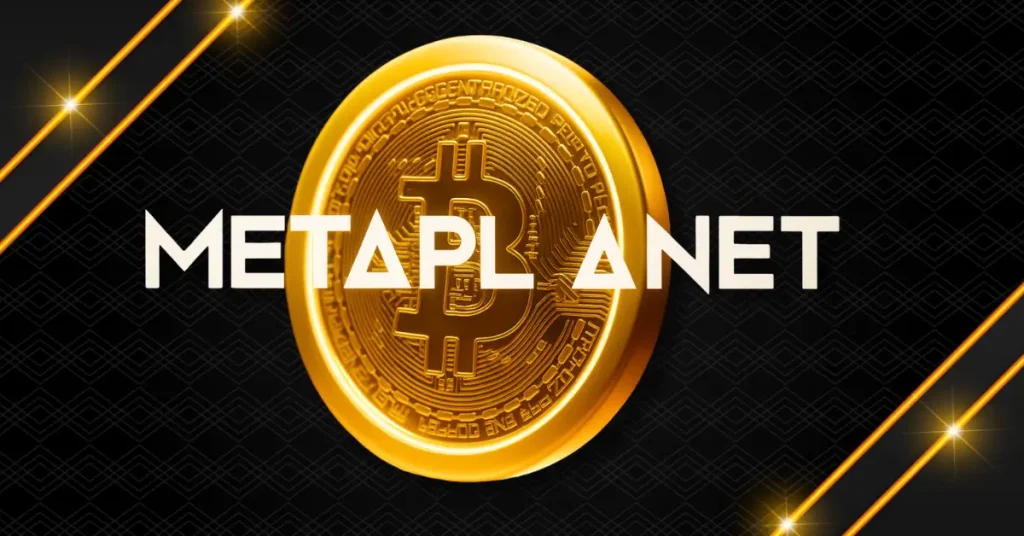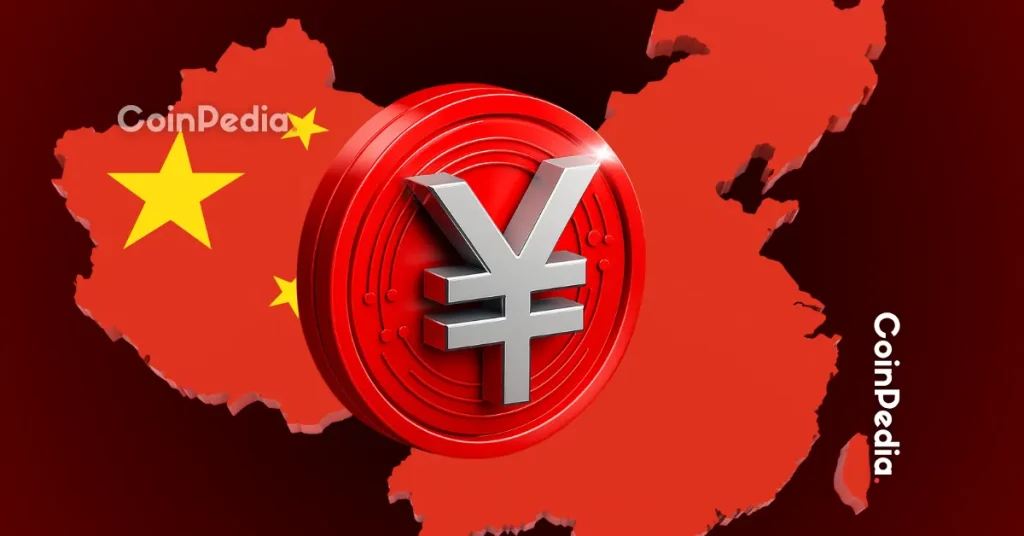Grayscale Launches Solana Trust ETF on NYSE Arca With Solana Exposure and Staking Rewards

The post Grayscale Launches Solana Trust ETF on NYSE Arca With Solana Exposure and Staking Rewards appeared first on Coinpedia Fintech News
Grayscale Investments, the world’s largest digital asset-focused investment platform, announced that its Grayscale Solana Trust ETF (GSOL) is now officially trading on NYSE Arca as an exchange-traded product (ETP).
This marks a major milestone, making it the first of Grayscale’s staking products to uplist under the new SEC-approved generic listing standards.
Introducing Grayscale Solana Trust ETF (Ticker: $GSOL), offering investors exposure to @Solana $SOL, one of the fastest-growing digital assets. $GSOL features:
— Grayscale (@Grayscale) October 29, 2025Convenient Solana exposure paired with staking benefits.
Exposure to a high-speed, low-cost blockchain.… pic.twitter.com/TgVNlhqBPO
Leading Solana ETP Manager
With GSOL now trading on NYSE Arca, Grayscale is now among the leading Solana ETP managers in the U.S. by assets under management. This builds on its strong track record in crypto asset management and leadership across Bitcoin and Ethereum products.
GSOL offers exchange-listed, low-cost exposure to Solana and its staking rewards through a familiar ETP format, backed by an institutional staking program.
GSOL was launched in 2021 and began staking in October 2025. Staking returns are captured in NAV, giving investors the potential to compound over time. Grayscale intends to pass through 77% of all staking rewards accrue to GSOL investors on a net basis.
Today, @Grayscale celebrates the latest milestone in our history of innovation, as
— Peter Mintzberg (@PeterMintzberg) October 29, 2025
Grayscale Solana Trust ETF (ticker: $GSOL) began trading on @NYSE Arca, offering investors exposure to Solana and the ability to earn staking rewards.
Grayscale was among the first to enable…
GSOL is an exchange-traded product and does not offer the same regulatory protections as traditional ETFs or mutual funds. Grayscale also notes that while GSOL holds Solana, an investment in GSOL is not a direct investment in Solana.
Digital Assets in Modern Portfolios
Inkoo Kang, Senior Vice President of ETFs at Grayscale, notes that the GSOL launch reinforces the company’s belief that modern portfolio now includes digital assets for growth and diversification alongside traditional assets like equities, bonds, and alternatives.
“Bitcoin and Ethereum ETPs were just the start, and with GSOL, we’re expanding investor choice, backed by the scale, education, and operational infrastructure advisors and institutions expect,” he added.
Investor Participation in Network Growth
President of the Solana Policy Institute, notes that the rails of global finance is being rebuilt on Solana and millions of investors can now gain exposure to it through Solana staking ETPs like Grayscale’s GSOL.
Through staking in these products, investors are not just gaining exposure to Solana, they also have the opportunity to help secure the network, support developer innovation and earn rewards from one of the most dynamic digital assets.
A Busy Week for Crypto ETFs
This comes after three new crypto ETFs hit Wall Street on Tuesday. Bitwise launched its Solana Staking ETF on the NYSE while Canary listed its Litecoin ETF and HBAR ETF on Nasdaq.



